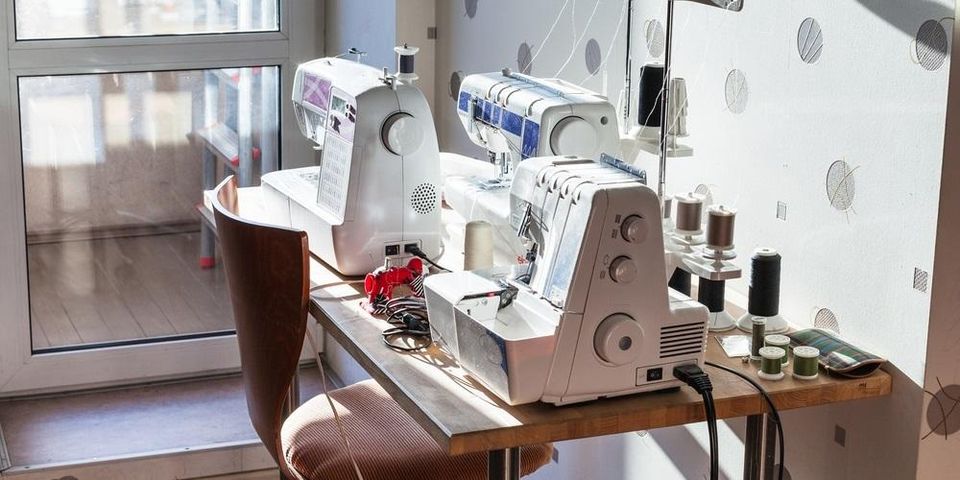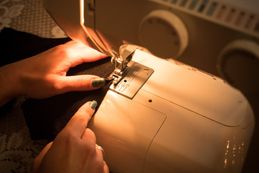What's the Difference Between Sewing Machines & Sergers?

At first glance, sewing machines and sergers may seem like the same item. They have similar shapes, do roughly the same job, and are operated in the same way. However, there are a few key differences between these two mechanisms, and as a result, they serve slightly different purposes.
The Difference Between Sewing Machines & Sergers
 The most significant difference between a sewing machine and a serger is a small blade near the needles. While sergers have it, sewing machines don’t. When you sew with a serger, the machine cuts the fabric when sewing it together—a major change from the simple seams of a sewing machine.
The most significant difference between a sewing machine and a serger is a small blade near the needles. While sergers have it, sewing machines don’t. When you sew with a serger, the machine cuts the fabric when sewing it together—a major change from the simple seams of a sewing machine.
In addition to cutting the fabric, a serger uses more spools of thread than a sewing machine—generally three or four. These multiple strands are used to create a durable, fray-blocking overlock stitch. Most sergers run faster than sewing machines, and while a sewing machine can run with the fabric on either side of the needle, a serger has only one fabric direction.
When to Choose a Serger
If you’re working with fabric that’s susceptible to fraying, it pays to serge its edges before sewing. Sergers can also be used to create extremely durable seams without significant bulk. In general, serged edges are hidden, so they’re not the method of choice for hems and necklines.
The differences between sergers and sewing machines are small but significant. Anyone who is serious about sewing will likely work with both. If you need help choosing between the two for your next project, ask a professional at your local sewing store.
Kramer’s Sew & Vac Center has served Cincinnati, OH, and the surrounding area for over 65 years with vacuum and sewing machine repairs and sales. Whether you need a small adjustment to your sewing machine or a whole new vacuum set, their technicians are equipped to assist. They also offer sewing machine parts for DIY repairs and replacements. For questions, call today at (513) 891-5005 or search for answers on their website.
About the Business
Have a question? Ask the experts!
Send your question

